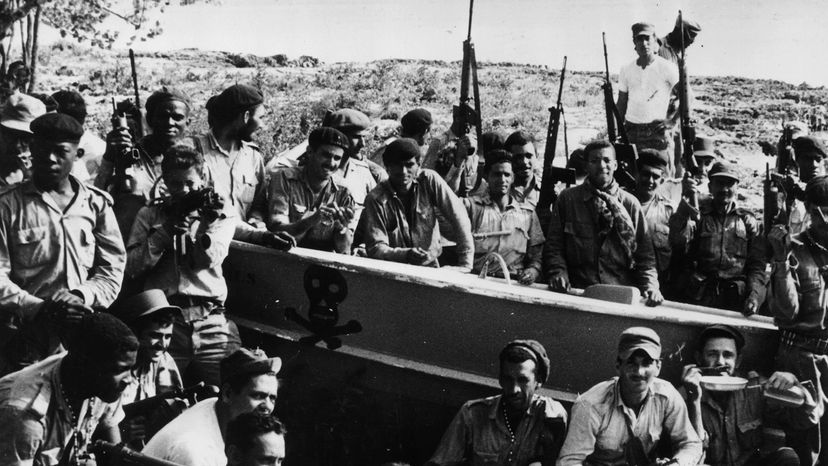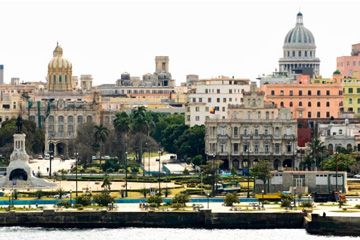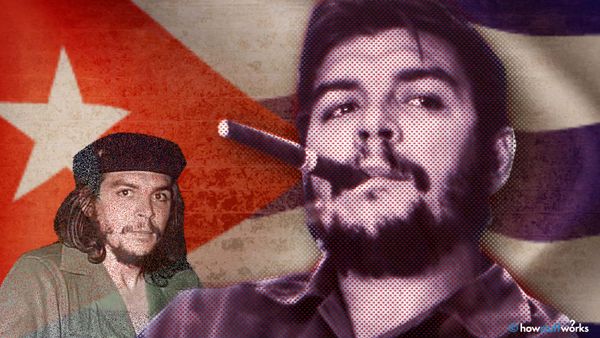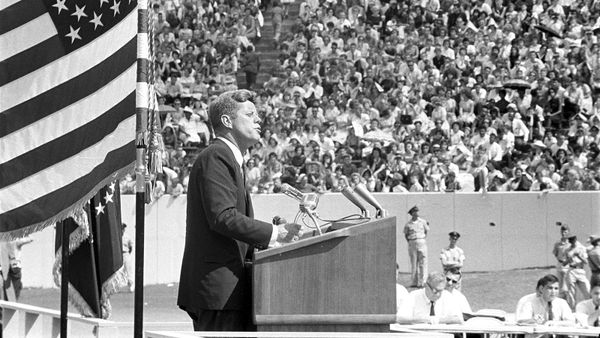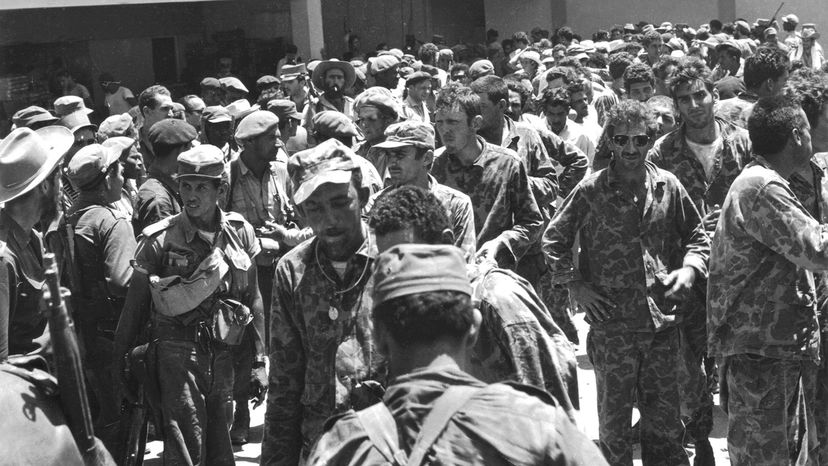
Just months after Fidel Castro and his communist revolutionaries took power in Cuba in 1959, the United States government secretly began to plot his downfall. Under President Dwight D. Eisenhower, the CIA recruited Cuban exiles in the U.S. to form a counter-revolutionary army at a covert CIA training camp in Nicaragua called "Happy Valley." The group was known as Brigade 2506. When John F. Kennedy was elected president in 1960, he inherited a convoluted scheme to invade Cuba using 1,500 of these anti-Castro Cubans trained by the CIA.
The mission, known as the Bay of Pigs Invasion, was doomed from the start and is widely regarded as one of America's worst foreign policy failures. The attack began the morning of April 15, 1961, with what was supposed to be an aerial bombardment of Castro's small air force. But the CIA-trained pilots, who flew World War II-era B-26 bombers painted to look like Cuban planes, failed to destroy all of Castro's aircraft.
Advertisement
That's when things really started to unravel, says Jim Rasenberger, author of "The Brilliant Disaster: JFK, Castro, and America's Doomed Invasion of Cuba's Bay of Pigs". Here are five reasons why the Bay of Pigs Invasion went so spectacularly wrong.
1. Journalists Spotted the CIA's Fake Plane
While eight of the B-26 bombers were sent to destroy Castro's airfields, a ninth flew directly to Miami, Florida, where "the CIA came up with this cockamamie idea," says Rasenberger.
The B-26 pilot in Miami claimed to be a defector from Castro's air force who had risen up with his comrades to attack the communist regime. The CIA took pains to make his plane look legit, complete with a Cuban air force serial number and a nose cone riddled with fresh bullet holes, but savvy journalists on the ground quickly saw through the ruse.
"There was still tape on the gun barrels to keep the dust out and his guns were mounted in the nose of the plane, while Castro's were under the wings," says Rasenberger. "It gave away the whole game right there."
Suddenly, with one bad fake job, it was plain to everyone that the U.S. was clearly behind this invasion. The Soviet premier Nikita Khrushchev was furious and Kennedy was backed into a corner. If he admitted U.S. involvement, he risked starting World War III.
2. Kennedy Canceled the Second Airstrike
With the world watching, Kennedy made a difficult decision to cancel a second round of airstrikes planned for the early hours of April 17. Those airstrikes were supposed to destroy the rest of Castro's air force and clear a path for the amphibious pre-dawn landing of 1,500 men.
"The moment Kennedy canceled those airstrikes, he doomed the invasion," says Rasenberger. "Castro still had half of his planes left. For the invasion to have any chance of succeeding, those planes had to be taken out."
Rasenberger doesn't think Kennedy got "cold feet," as some critics alleged, but rather made a rational decision that a second airstrike wasn't worth going to war with Russia. Unfortunately, it would prove to be the mission's undoing, leaving the invading force and supply ships vulnerable to devastating airstrikes from Castro's remaining pilots.
Advertisement
